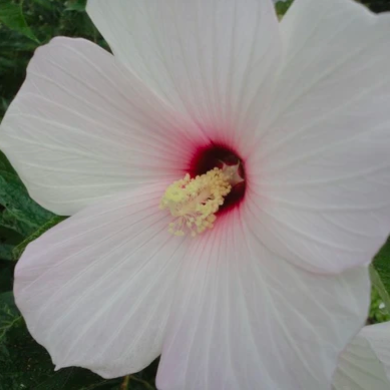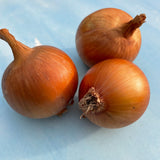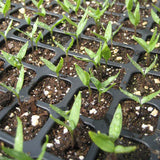
Planning for Pollinators: Growing Friendly Habitats in Any Growing Space
 Pollinators help produce about three quarters of the world’s cultivated crops and about 80% of all flowering plants. Without bees, wasps, bats, butterflies, beetles, flies, and hummingbirds our diets and our gardens would look very different… bleak.
Pollinators help produce about three quarters of the world’s cultivated crops and about 80% of all flowering plants. Without bees, wasps, bats, butterflies, beetles, flies, and hummingbirds our diets and our gardens would look very different… bleak.
Fortunately, as gardeners, we have the opportunity to create welcoming habitats and delicious meals not just for humans, but for an array of helpful fauna. Pollinators can thrive in a growing space of any size. A small garden (as small as a flower pot on a fire escape) is important for addressing the stresses caused by development. Such flowering respites are particularly important for migrating pollinators - such as Monarch butterflies - that need nectar sources throughout their long journey. A large garden - a homestead production plot or a maintained meadow - are also essential for pollinator well-being, as they provide not only a source of food, but a safe home and breeding ground as well. To invite pollinators into your growing space, simply meet their basic needs: food, water, and shelter.
Water: Pollinators, just like gardeners and plants, need water to survive. Shallow pools with floating elements (for flying pollinators to land on) are ideal - even a small tray (or bird bath) with a few twigs floating in it will work. Some pollinators make use of muddy water for providing them with important minerals or even building material (for bee hives), which may make you see the pesky mud puddle in your garden path in a whole new light.






